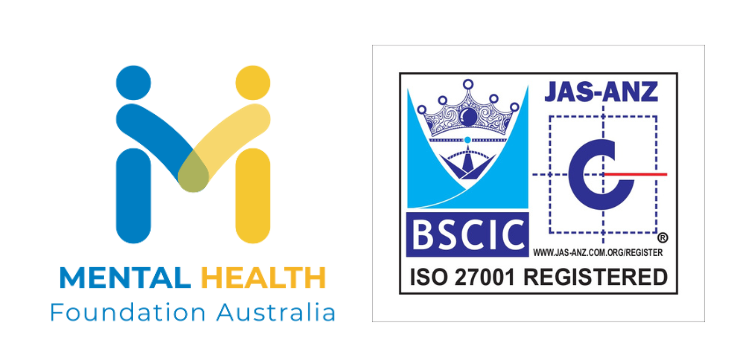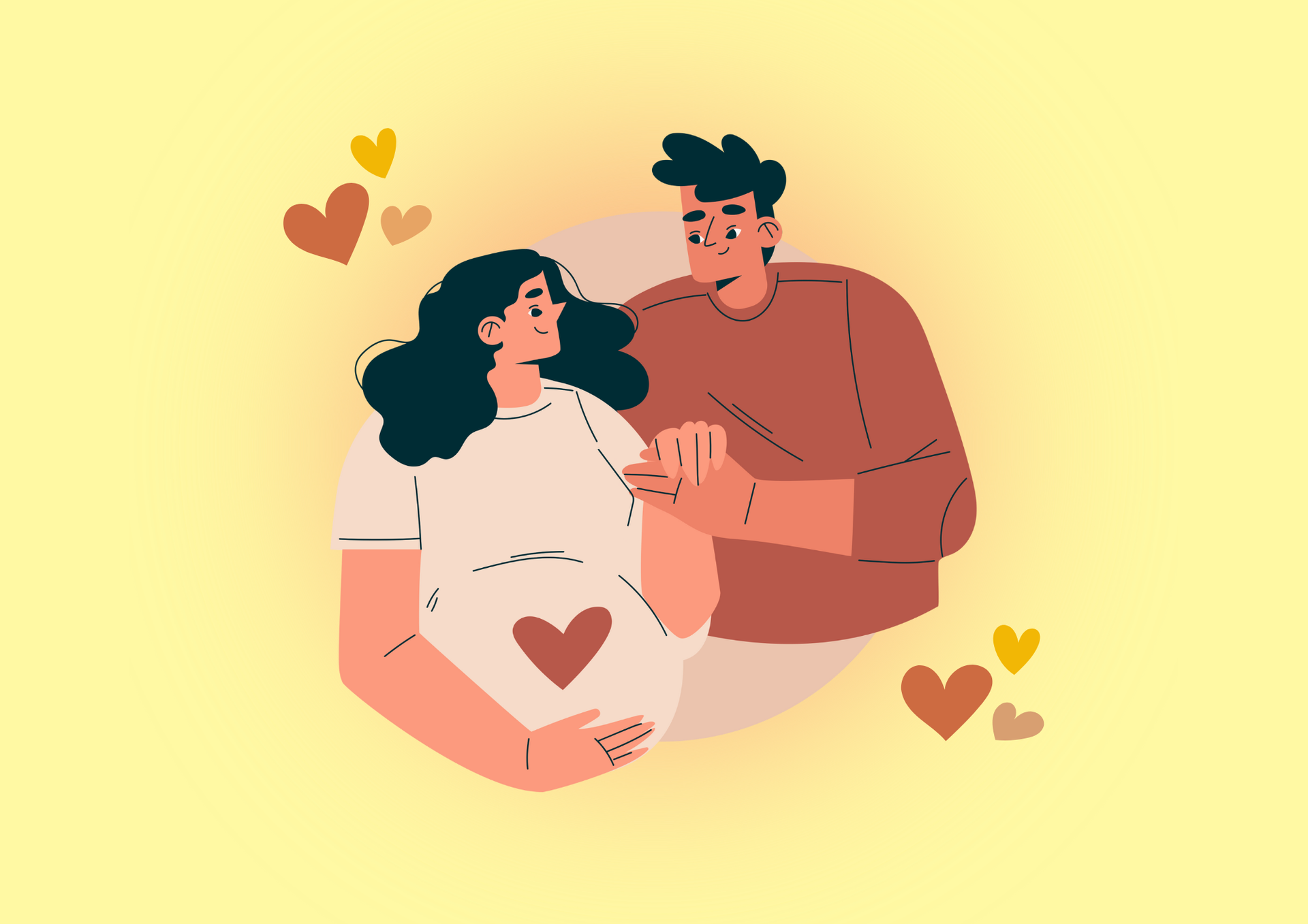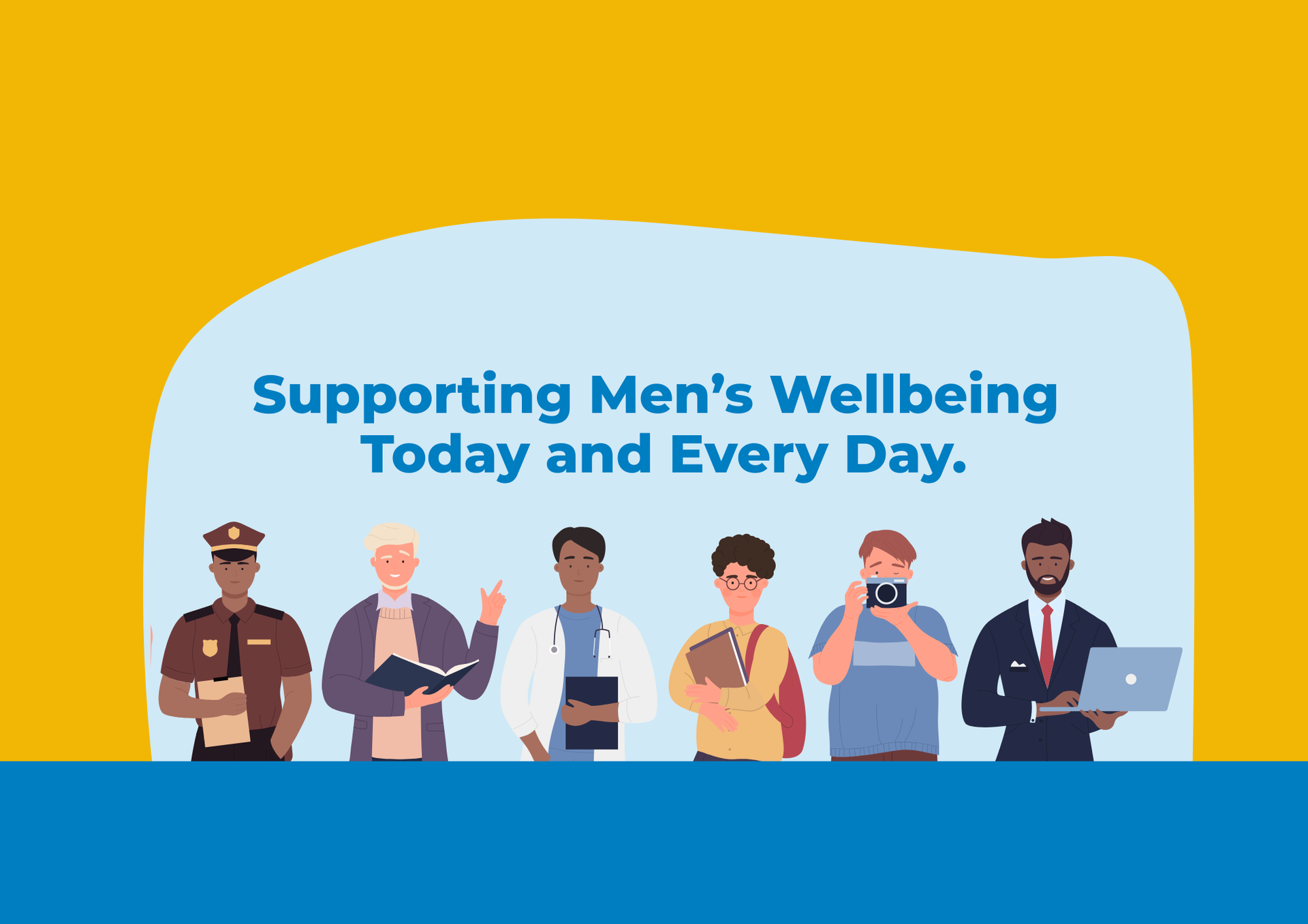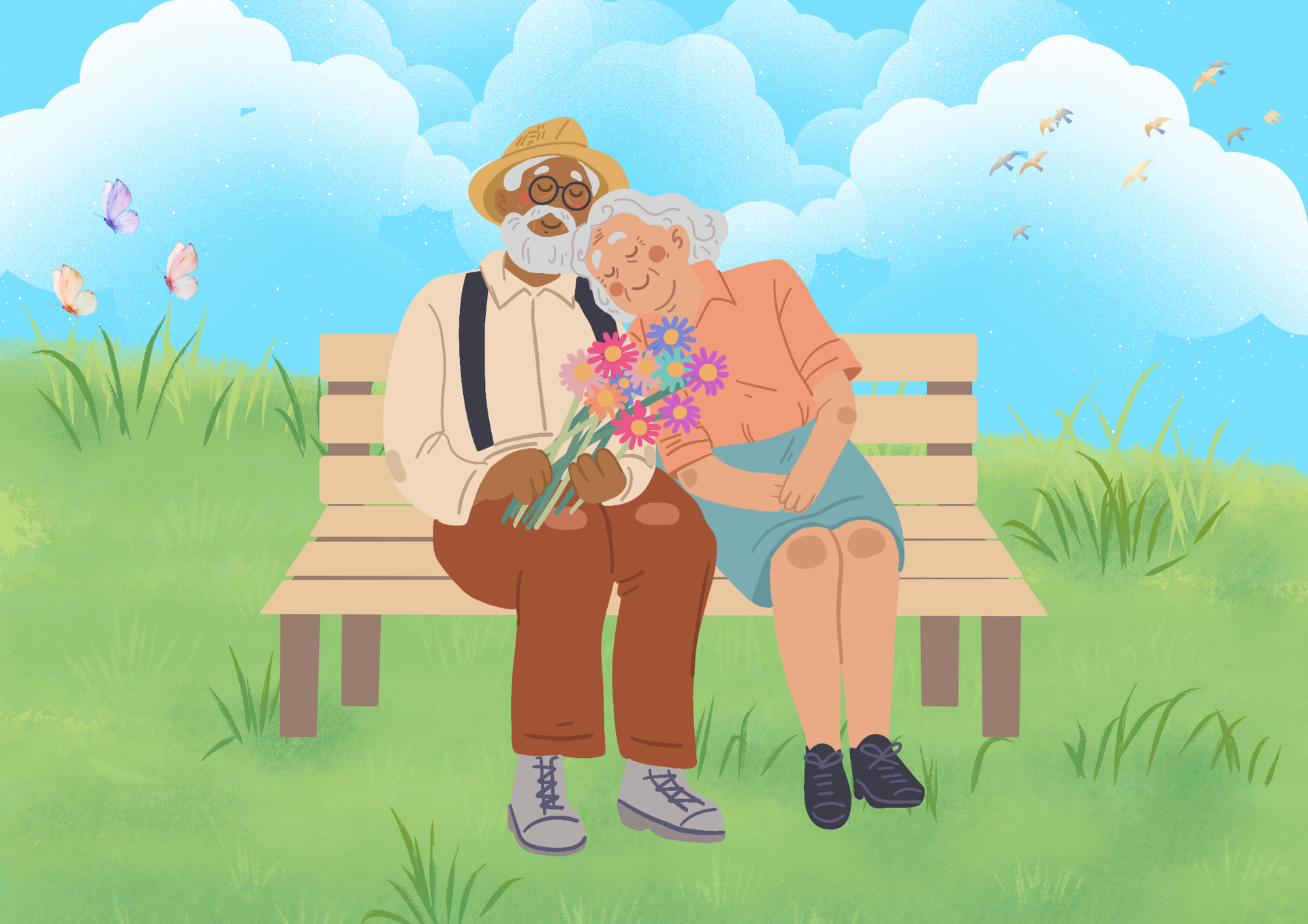What is posttraumatic stress disorder (PTSD), and how can you recover?
June 19, 2023
Dr Ros Lethbridge, Senior Clinical Specialist, Phoenix Australia – Center for Posttraumatic Mental Health, University of Melbourne
This article discusses how people can develop posttraumatic stress disorder (PTSD), its signs and symptoms, and effective treatments.
What is trauma?
Any event that involves exposure to actual or threatened death, serious injury, or violence has the potential to be traumatic. Traumatic events are common, and most people will go through at least one traumatic event in their lives. Such events can include natural disaster, war, a serious accident, physical or sexual assault. In Australia, the most common traumatic events are:
- having someone close to you die unexpectedly
- seeing someone badly injured or killed, or unexpectedly seeing a dead body
- being in a life threatening car accident
In the first days and weeks after a traumatic event, people often experience strong feelings of fear, sadness, guilt, anger, or grief. Generally, these feelings will resolve on their own, and with the support of family and friends, the person recovers. However, if the distress continues, it may mean that the person has developed PTSD or another mental health condition.
What is PTSD?
Posttraumatic stress disorder (PTSD) is a set of reactions that can develop after someone has been through a traumatic event.
A person with PTSD has four main types of difficulties:
- Re-living the traumatic event – through unwanted memories, vivid nightmares, flashbacks, or intense reactions such as heart palpitations or panic when reminded of the event.
- Feeling wound up – having trouble sleeping or concentrating, feeling angry or irritable, taking risks, becoming easily startled, or constantly being on the look-out for danger.
- Avoiding reminders of the event – activities, places, people, thoughts or feelings that bring back memories of the trauma.
- Negative thoughts and feelings – feeling afraid, angry, guilty, flat, or numb a lot of the time, losing interest in day-to-day activities, feeling cut off from friends and family.
Between 5 and 10 percent of Australians will experience PTSD at some point in their lives. It is not unusual for people with PTSD to experience other mental health problems like depression or anxiety. Some people may develop a habit of using alcohol or drugs as a way of coping.
What treatments are available?
If you are still experiencing problems two weeks after a traumatic event, it is worth talking to your GP or a mental health professional to assess how you are going and to see if treatment would be helpful. Effective treatments for posttraumatic stress disorder (PTSD) are available, and include counselling, medication, or a combination of both. These treatments can work even if your traumatic experience was a long time ago.
The Australian Guidelines for the Prevention and Treatment of Acute Stress Disorder, PTSD and Complex PTSD
provide evidence-based recommendations that promote recovery following trauma, as well as effective treatment options for people who develop PTSD and other posttraumatic mental health conditions. A helpful summary of the recommended psychological treatments that have found to be effective to treat people with PTSD can be found here.
Other useful resources
